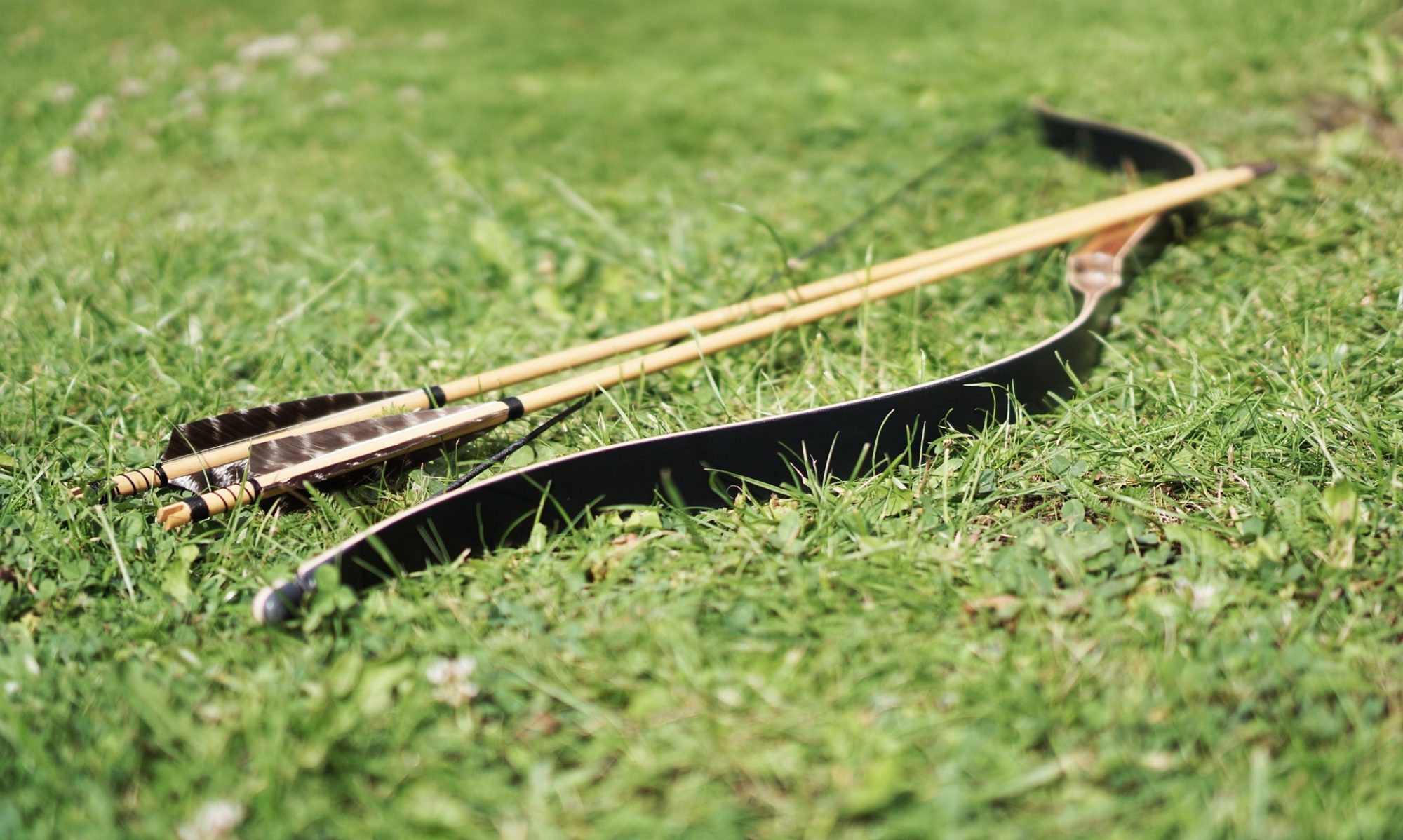I hope this guide will be a useful introduction to the world of Saracen Archery, a book based on 14th century manuscripts written by a master Mameluke archer named Ṭaybughā. I don’t intend to replace the book, I just want to distill and present it to beginners and other archery lovers who may be curious about its style of archery.
My hope is someone fairly new to archery, like myself, could actually follow this guide and, by the end of it, have a substantial and appreciable hold on how to wield a bow and arrows the way the Mamelukes did. I also hope it sparks curiosity about Middle Eastern and Eastern archery in general. I intentionally avoid a lot of technical archery information since my intent is to keep the guide as short and beginner-friendly as possible. Archery is intensely artistic and scientific and deserves deeper discussion than I have room for here.
First, who were the Mamelukes (or Mamluks)? The name applied to a people who originated as Turkish slave troops in Persia around 750 CE. Over time, they gained freedom and respect and they rose in society until they eventually created a new sultanate around 1250 CE. It was written of them “if a thousand of their horse join battle and let off a single bout of arrows, they can mow down a thousand [Arab] horse” (meaning cavalry) and “the Turk can shoot at beasts, birds, hoops, men, sitting quarry, dummies, and birds on the wing, and do so at full gallop to fore or to rear, to left or to right, upwards or downwards, loosing ten arrows before the [enemy] can nock one.” Sounds exciting, right?! It was these phenomenal Mamelukes and their mounted archers who halted the advance of the Mongols into Syria and Egypt in 1260 CE.
Don’t think Saracen Archery is exclusively a history lesson, though. I’d highly encourage searching for “mounted archery” and enjoying that rabbit hole. The principles and methods Ṭaybughā offered those centuries ago are very much a living art and some of the images and videos of modern archers using them are breathtaking and inspiring. There are also some phenomenal modern archers making great content on this subject. Having tried Ṭaybughā’s techniques myself, I’m now having a hard time wanting to pick up my modern recurve (gorgeous as it is) because the Mameluke way teases me with its potential for exceptional speed, agility, and accuracy. I also freely admit I’ve bought three horse bows for myself, two for my kids, and six dozen arrows since reading the book. I’m hooked!
So how did they do it?
The Mameluke Archery Fundamentals
Bracing, Grasping, Locking, Drawing, Nocking, Loosing, Sighting
Like a tower, each of their fundamentals builds upon the last, but note how they seem out of order! Why learn Nocking after Drawing? And why did they learn aiming as the very last step?! Their accuracy is one of the things they were famous for and it almost seems intuitive when you first pick up a bow and arrow that you want to aim at a target. Why would Ṭaybughā teach aiming last??
Mameluke archers learned in a very specific sequence in order to break archery apart and master each piece more-or-less individually. They learned step-wise, only moving on when each fundamental became second nature. Since they moved Sighting to last, they learned exceptional bow handling without the distraction or frustration of scoring or hitting marks. This also helped prevent forming bad habits. If you ignore good form in a rush to hit targets, you will have a hard time correcting those mistakes later. Ask almost any self-taught archer and they will confirm this. Mameluke beginners truly focused on building their skills so by the time Sighting needed consideration, achieving it was simply a matter of fine tuning.
My hope with this guide is to resurrect Ṭaybughā’s teaching method and put it to the test!
Foreword – Weapons of Choice
